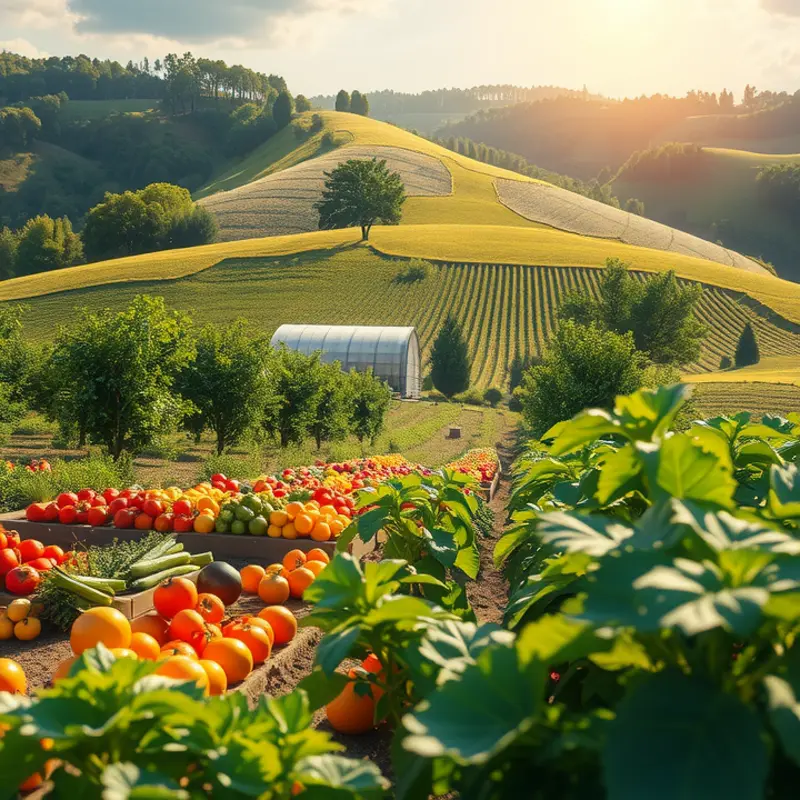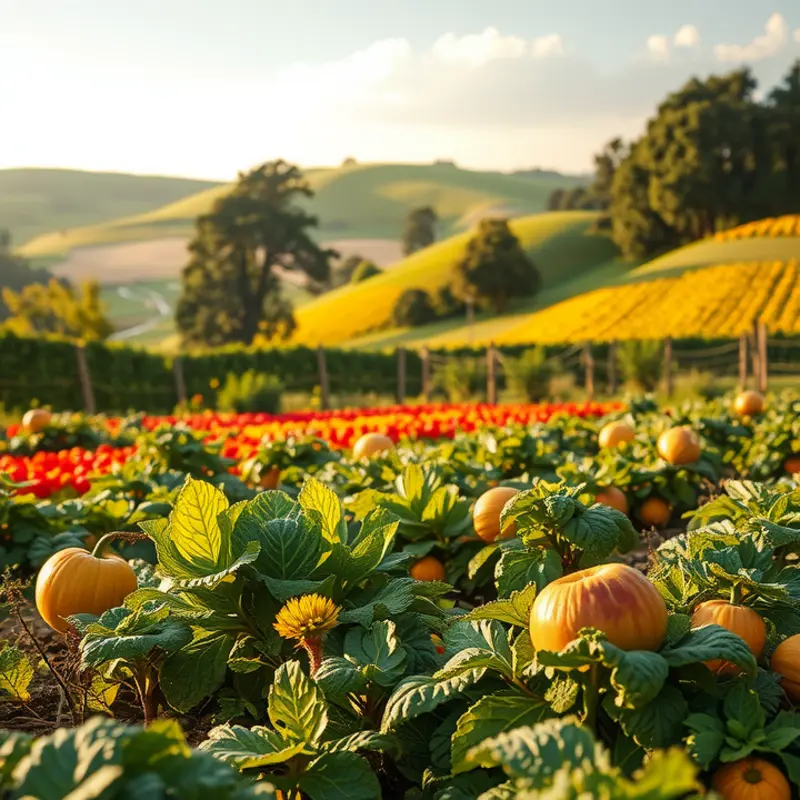Grilling can elevate your home cooking from ordinary to extraordinary, whether you’re a novice or a seasoned chef. With the right techniques and a little patience, anyone can master the art of grilling. This guide will provide practical tips to ensure your grilled dishes are flavorful, juicy, and cooked to perfection. From preparation to execution, follow these guidelines for a grilling experience that impresses family and friends alike.
Preparation Essentials for Grilling Success

To embark on your grilling journey with confidence, mastering preparation is crucial. The foundation of any delightful grilled dish begins before you even light the grill. Let’s delve into the essentials that will elevate your grilling experience.
The first step revolves around choosing the right equipment. Grills come in various types—charcoal, gas, and electric each offer distinct benefits. Charcoal grills provide a smoky, authentic flavor, while gas grills offer excellent heat distribution and convenience. Electric grills, on the other hand, are perfect for indoor grilling with minimal smoke. Consider your cooking style and available space to determine the best fit.
Next, grill accessories can make your cooking process seamless. Invest in a good pair of tongs and a spatula for handling meat easily. A meat thermometer is indispensable for ensuring perfect doneness. Additionally, a grill brush is essential for keeping the grates clean, promoting both hygiene and performance.
Selecting the right ingredients is your next focus. Freshness and quality are paramount. Opt for cuts of meat that are fresh and well-marbled; this ensures juiciness and flavor. For vegetables, choose vibrant produce that is firm and free from blemishes. Seasonality can also enhance taste—summer vegetables like corn and bell peppers are ideal grilling companions.
Marinades and rubs can add layers of flavor to your dishes. When selecting a marinade, consider ingredients like garlic, herbs, and citrus for a balanced mix of flavors. Rubs, on the other hand, can include spices such as paprika, cayenne, and brown sugar to create a flavorful crust. Allow time for marinating—at least an hour for most meats, but overnight for a more pronounced taste.
Pre-grilling preparations are often overlooked but can make a significant impact. Begin by preheating your grill to the right temperature. An adequately heated grill prevents sticking and ensures even cooking. For charcoal grills, this involves arranging coals to create direct and indirect heat zones, suitable for searing and slow cooking respectively.
Consider the importance of oiling the grates. Use a high smoke point oil, such as canola or grapeseed, applied with a cloth or brush. This step prevents food from sticking and helps achieve those iconic grill marks. Additionally, bring your meats to room temperature before grilling. This promotes even cooking and reduces the time required on the grill.
Finally, consider pairing your grilled delights with fresh, vibrant sides. Salads featuring summer produce, like the Mediterranean Chickpea Salad, can offer a refreshing contrast to char-grilled flavors.
These preparation essentials are your toolkit for grilling success. By carefully selecting your equipment, choosing quality ingredients, and executing strategic pre-grilling steps, you set the stage for a remarkable dining experience.
Mastering Grilling Techniques

Grilling is an art form where precision and passion come together to create flavorful dishes. To elevate your grilling game, understanding the techniques involved is crucial. From direct cooking to perfect caramelization, each method imparts unique flavors and textures.
Direct vs. Indirect Grilling
The first technique to master is choosing between direct and indirect grilling. Direct grilling involves cooking food directly over the heat source. This method is ideal for quick-cooking items like burgers, steaks, and vegetables. The high heat allows for a savory crust to develop, giving your dishes that quintessential grilled taste.
On the other hand, indirect grilling is used for foods that require longer cooking times, such as whole chickens or roasts. Food is placed adjacent to the heat source rather than directly over it. This setup transforms your grill into an oven, allowing for even cooking without burning the exterior.
Timing is Everything
One of the most critical aspects of grilling is timing. Each protein and vegetable has its own ideal cooking time. For example, a thick steak might require about four to six minutes per side over high heat for a medium-rare finish. Meanwhile, delicate fish fillets like salmon thrive with around three to five minutes per side.
Vegetables such as bell peppers or zucchini benefit from direct grilling for about two to three minutes per side. This method yields tender yet charred veggies, enhancing their natural sweetness. Understanding these nuances allows you to manage your grill efficiently and avoid the common pitfalls of overcooking or undercooking.
Caramelization and the Maillard Reaction
Achieving perfect caramelization on your proteins and vegetables is a hallmark of expert grilling. This process, known as the Maillard reaction, is the interaction between amino acids and reducing sugars in the presence of heat. It results in a rich, complex flavor and an appealing golden-brown crust.
To maximize this effect, ensure your grill is properly preheated. A hot grill sears the surface of the food quickly, sealing in juices and developing flavor layers. Pat your proteins dry before placing them on the grill to encourage better caramelization. Additionally, avoid frequent flipping; let each side sear fully before turning.
For vegetables, drizzle with a little olive oil and season with salt and pepper before grilling. This preparation aids in caramelization and enhances the natural taste. Vegetables like eggplant or asparagus thrive with this treatment, offering a sweet, smoky contrast that complements any main dish.
By mastering these techniques, you can explore a variety of recipes with confidence. Once you understand the balance of heat, time, and technique, every grilling session becomes an opportunity to impress with delicious outcomes and unlock the secrets of the grill. For those inspired by the freshness of grilled veggie sides, consider adding some vibrant Mediterranean flavors by checking out this Mediterranean chickpea salad to complement your grilled dishes.
Final words
Grilling is an art that combines technique, preparation, and patience. By mastering the essential steps from preparation to execution, you can create unforgettable meals right from your outdoor kitchen. Remember, practice makes perfect; don’t be afraid to experiment with new flavors and techniques. With these tips, you are set to impress your family and friends at your next grill outing, bringing everyone to the table with delightful aromas and vibrant flavors. Enjoy the process, and let your grilling skills soar!







